House Mouse
- December 19, 2023
- 0 comment
The house mouse, scientifically known as Mus musculus, is a small rodent that has adapted to coexist with humans in various environments across the globe. Identified by its pointed snout, large ears, and a long, scaly tail, the house mouse typically measures between 2.5 to 3.75 inches in length, excluding the tail. Its fur color ranges from light brown to gray, with a lighter underside. Despite their diminutive size, house mice have proven to be significant pests, causing conflicts with humans due to their prolific breeding, rapid infestations, and the damage they inflict on food supplies and structures.

In terms of legal status, house mice are not afforded protection and are often considered pests in urban and rural settings. Pest control measures are commonly employed to manage infestations, including the use of traps and poisons. The identification of house mice is crucial for effective control, as they are often mistaken for other small rodents. The presence of droppings, gnaw marks, and tracks can aid in distinguishing their activity.
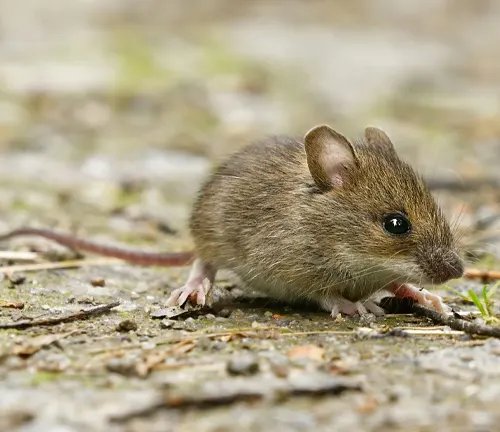
House mice have a vast species range, having spread throughout the world due to their association with human habitation. Their adaptability to various climates and ability to thrive in diverse conditions contribute to their widespread distribution. Despite their prevalence, house mice pose health and safety concerns. They are carriers of diseases such as salmonellosis and hantavirus, posing a risk to human health. Additionally, their gnawing habits can lead to structural damage and electrical fires in homes and buildings. As such, effective control and prevention measures are essential to mitigate the impact of house mice on both human health and property.
| Category | Specification |
|---|---|
| Scientific Name | Mus musculus |
| Size | 2.5 to 3.75 inches (excluding tail) |
| Color | Light brown to gray, with a lighter underside |
| Features | Pointed snout, large ears, scaly tail |
| Habitat | Adapts to various environments, often near humans |
| Behavior | Prolific breeders, rapid infestations, nocturnal |
| Legal Status | Considered a pest, no legal protection |
| Identification | Distinguished by droppings, gnaw marks, and tracks |
| Distribution | Worldwide, associated with human habitation |
| Health Risks | Carries diseases such as salmonellosis, hantavirus |
| Safety Concerns | Structural damage, risk of electrical fires |
| Control Measures | Traps, poisons, preventive measures in sanitation |
General Biology of the House Mouse
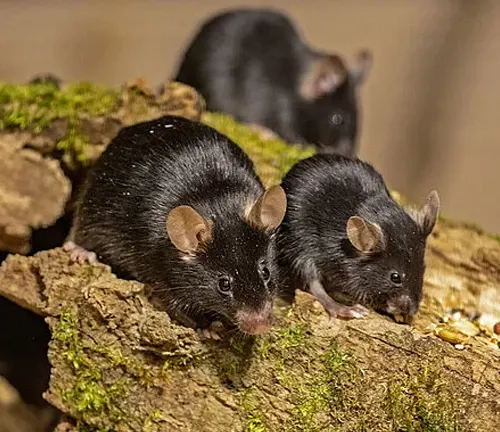
The house mouse, scientifically identified as Mus musculus, is a small rodent that has intricately woven its existence into the fabric of human environments worldwide. Characterized by a pointed snout, large ears, and a scaly tail, this diminutive creature measures between 2.5 to 3.75 inches in length, excluding its tail. Its fur, ranging from light brown to gray, complements its adaptability to various climates and habitats. The house mouse’s close association with human dwellings has led to its widespread distribution and status as a significant pest.
Reproduction of House Mice
One of the key contributors to the success of house mice as a species is their remarkable reproductive capabilities. Females can give birth to multiple litters throughout the year, with a gestation period of about 19 to 21 days. A single female can produce up to 35 offspring annually, contributing to the rapid proliferation of house mouse populations. This prolific breeding is a significant factor in their ability to establish and maintain infestations in diverse environments.
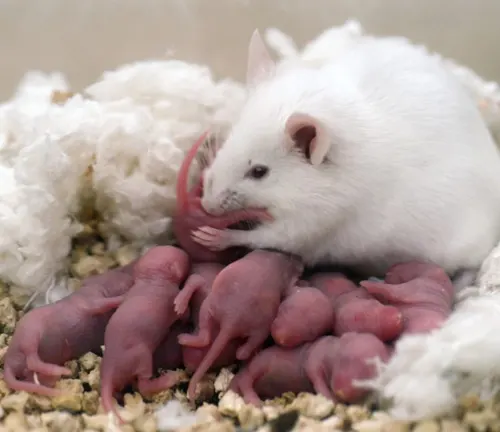
Behavior of House Mice
House mice exhibit nocturnal behavior, preferring to be active during the night. Their behavior is characterized by exploration, foraging, and social interactions. They are known for their agility and adaptability, allowing them to navigate through intricate spaces within human structures. Gnawing is an inherent behavior that serves multiple purposes, including maintaining incisor teeth length and gaining access to food sources.

Nesting/Denning Cover of House Mice
House mice are adept at finding shelter within human dwellings, utilizing various materials for nest construction. Common nesting sites include wall voids, attics, and concealed spaces, where they create nests from shredded materials like paper, fabric, and insulation. Their resourcefulness in finding suitable denning cover contributes to their ability to establish and maintain populations in close proximity to human activities.
Habitat Preferences of House Mice
The adaptability of house mice is evident in their ability to thrive in diverse habitats, ranging from urban to rural environments. Their close association with human activities provides them with a consistent source of food and shelter. This adaptability, coupled with their reproductive prowess, has allowed house mice to establish a global presence, often leading to conflicts with human populations.
Food Habits of House Mice
House mice are opportunistic feeders, consuming a wide range of food items. Their diet includes grains, seeds, fruits, and even small insects. Their ability to nibble on minute quantities of food scattered throughout human habitats contributes to their survival in diverse environments. The house mouse’s foraging behavior is not only a testament to its adaptability but also a source of concern for humans seeking to protect food stores.
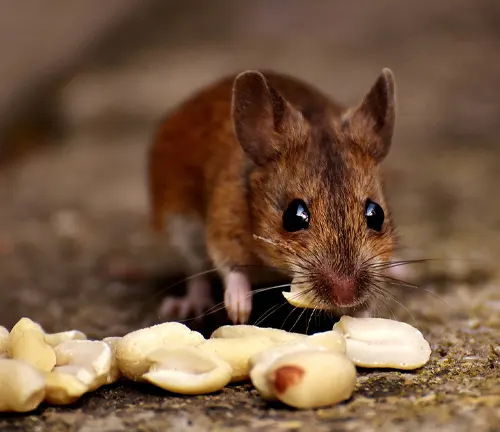
Voice, Sounds, Tracks, and Signs of House Mice
While house mice are not known for vocalizations, they communicate through ultrasonic vocalizations that are beyond the human auditory range. Additionally, they produce scratching and gnawing sounds, especially during their nocturnal activities. Tracks and signs of their presence include droppings, gnaw marks on surfaces, and well-defined trails between their nests and food sources. These indicators play a crucial role in identifying and managing house mouse infestations.
Damage Identification by House Mouse
The house mouse, a ubiquitous inhabitant in close proximity to human activities, often leaves a trail of damage in its wake. Identifying the signs of their presence is crucial for effective pest management. From landscapes to structures, the impact of house mice can be significant and multifaceted.
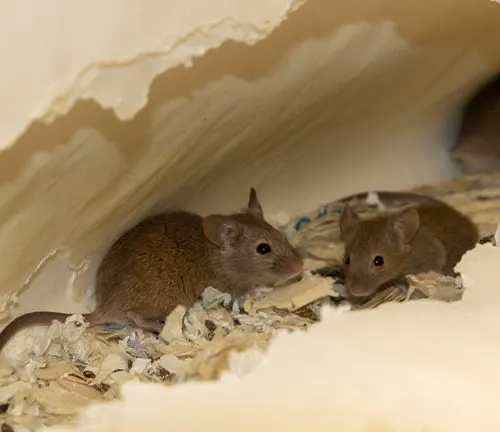
Damage to Landscapes
In outdoor settings, house mice can wreak havoc on landscapes. Their foraging behavior includes nibbling on vegetation, gnawing on roots, and creating burrows, all of which can compromise the aesthetic appeal of gardens and green spaces. Flower beds become vulnerable to their insatiable appetite, with delicate plants falling victim to their incisors. The delicate balance of a well-maintained landscape can be disrupted by the presence of these small yet destructive rodents.
Damage to Crops and Livestock
House mice pose a serious threat to agricultural endeavors by targeting crops and potentially impacting livestock. In fields, they are notorious for their consumption of grains, seeds, and young shoots. Their constant nibbling not only reduces crop yields but also leaves farmers grappling with economic losses. Additionally, house mice may find shelter in barns and feed storage areas, posing a risk to livestock feed. Contamination of animal food supplies can lead to nutritional deficiencies and affect the health of livestock, compounding the challenges faced by farmers.
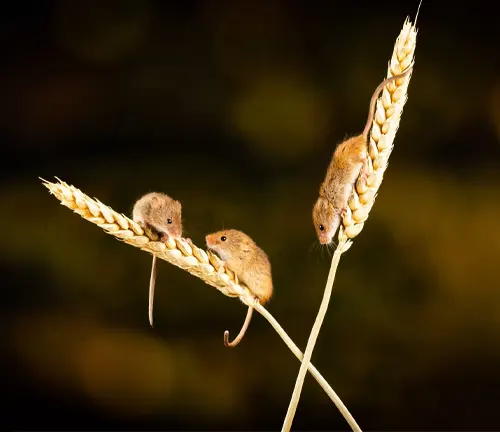
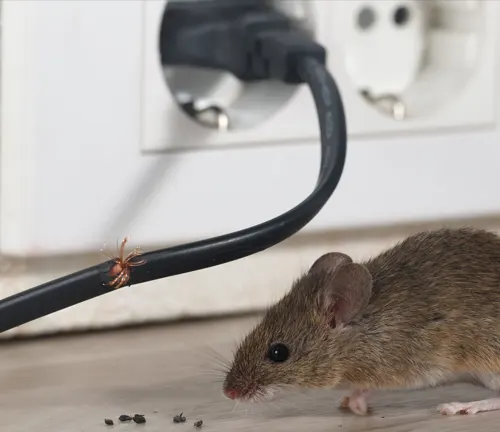
Damage to Structures
The structural integrity of homes and buildings is not immune to the destructive tendencies of house mice. These rodents have a penchant for gnawing on various materials, including wood, insulation, and electrical wiring. The gnawing serves multiple purposes for the mice, from maintaining their incisor teeth to gaining access to sheltered areas. Unfortunately, this behavior can result in extensive damage, ranging from compromised insulation to the increased risk of electrical fires. House mice can quickly become unwelcome house guests, leaving homeowners with both repair bills and safety concerns.
Damage Prevention and Control Methods for House Mouse
The insidious presence of house mice can wreak havoc on landscapes, crops, and structures, necessitating effective methods for prevention and control. Understanding and implementing a combination of proactive measures is key to managing these resourceful rodents and minimizing the potential damage they can cause.
Creating an Unwelcoming Environment
One of the first lines of defense against house mice is modifying their habitat to make it less inviting. This involves removing potential nesting sites, securing food sources, and minimizing clutter in and around structures. By eliminating harborage areas and reducing the availability of food, habitat modification disrupts the conditions that attract and sustain house mouse populations.
Keeping House Mice at Bay
Exclusion involves sealing off entry points that mice use to gain access to structures. This method requires a meticulous inspection of buildings to identify and close gaps, cracks, and openings through which house mice can infiltrate. Implementing measures like installing door sweeps, sealing gaps around windows, and repairing damaged screens helps create a barrier that deters these rodents from entering homes and buildings.


Utilizing Sound and Motion
Frightening devices leverage sound and motion to deter house mice from settling in an area. Ultrasonic devices emit high-frequency sounds that are unpleasant for mice but generally inaudible to humans. Motion-activated devices, such as lights or sprinklers, startle and discourage mice. While not always foolproof, these devices can complement other control methods by making the environment less appealing to house mice.
Natural and Chemical Deterrents
Repellents can be natural or chemical substances that deter house mice. Natural options include strong-smelling substances like peppermint oil or cloves, which mice find unpleasant. Chemical repellents may include commercial products designed to discourage rodent activity. Applying these substances strategically in areas prone to infestation can act as a deterrent, encouraging mice to seek alternative habitats.
Targeted Approaches to Control
Toxicants, such as rodenticides, are a common method of controlling house mice. These substances are designed to be attractive to mice but lethal upon ingestion. However, caution must be exercised when using toxicants to avoid unintended harm to non-target species. Proper placement and secure bait stations are essential to ensure that the toxicants are accessible to mice while minimizing the risk to other animals.
Precision in Rural Settings
In rural environments, shooting may be a method employed to control house mice. This method requires precision and adherence to local regulations. While not suitable for urban or densely populated areas, shooting can be an effective means of reducing mouse populations in open spaces where other control methods may be challenging to implement.
A Traditional and Humane Approach
Trapping remains a traditional and humane method of controlling house mice. Various types of traps, including snap traps and live traps, can be employed to capture mice without using toxic substances. Trapping allows for the removal of individual mice, and proper disposal ensures a more targeted and environmentally friendly approach to control.
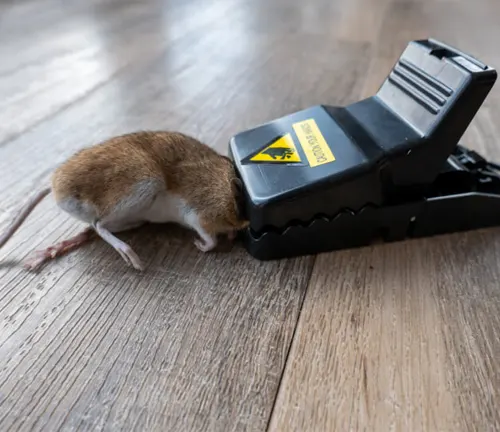
Different Species
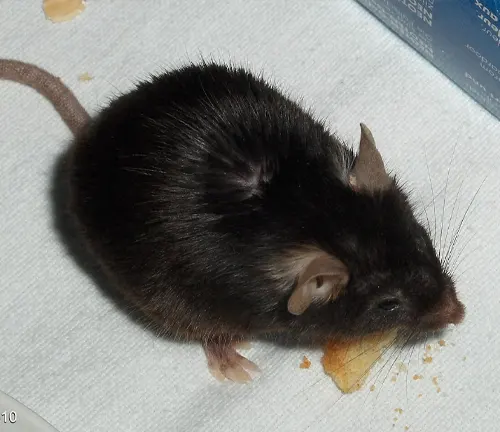
Mus musculus domesticus
This subspecies is commonly referred to as the Western house mouse. It is found in Europe, North America, and parts of Asia.
Mus musculus domesticus is often used in laboratory settings for scientific research.
Mus musculus musculus
Known as the Eastern house mouse, Mus musculus musculus is native to Asia and has a distribution extending to Eastern Europe. Like other house mice, it has adapted to human environments.

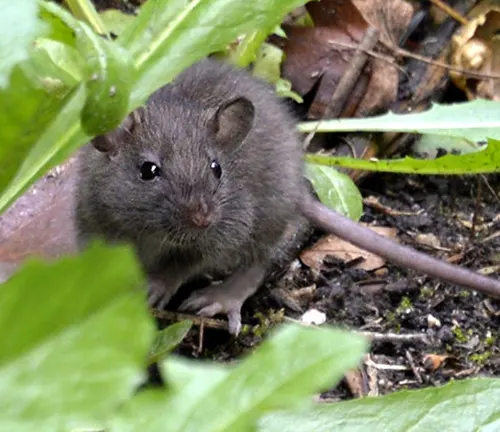
Mus musculus castaneus:
The Southeast Asian house mouse, Mus musculus castaneus, is found in regions of Southeast Asia. This subspecies has distinctive characteristics and has contributed to the genetic diversity of house mice.
Frequently Asked Questions (FAQs)
- What is a house mouse?
A house mouse (Mus musculus) is a small rodent known for its close association with human habitats. It is a common pest that can cause damage to property and pose health risks. - How do I identify a house mouse?
House mice are typically small, with a pointed snout, large ears, and a scaly tail. They have fur ranging from light brown to gray, and their presence is often indicated by droppings and gnaw marks. - Where are house mice commonly found?
House mice are highly adaptable and can be found in various environments worldwide. They thrive in urban and rural settings, often establishing nests in structures close to human activities. - What risks do house mice pose to health?
House mice can carry diseases such as salmonellosis and hantavirus, posing health risks to humans. Additionally, their droppings and urine can contaminate food and surfaces. - How can I prevent a house mouse infestation?
Prevention measures include proper sanitation, sealing entry points, and eliminating potential nesting sites. Keeping food stored in secure containers and maintaining a clean environment can discourage mice. - What damage can house mice cause to structures?
House mice are known for gnawing on various materials, including wood, insulation, and wiring. This behavior can lead to structural damage and an increased risk of electrical fires. - What are effective methods for controlling house mice?
Control methods include habitat modification, exclusion, trapping, the use of toxicants (with caution), and employing frightening devices or repellents. A combination of these approaches is often most effective. - Are house mice nocturnal?
Yes, house mice are primarily nocturnal, meaning they are most active during the night. This behavior includes foraging for food and engaging in social interactions. - How can I identify signs of a house mouse infestation?
Signs of infestation include droppings, gnaw marks on surfaces, nests made of shredded materials, and a musky odor. Identifying these signs can help in taking prompt action. - Are house mice harmful to crops and livestock?
Yes, house mice can be harmful to agricultural crops and livestock. They consume grains and seeds, leading to reduced crop yields, and may contaminate livestock feed in storage.





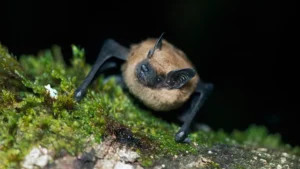
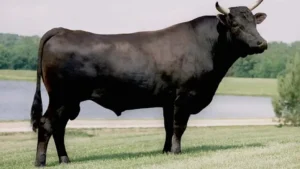
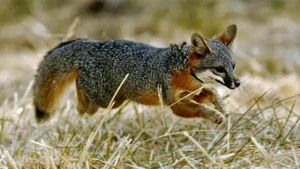
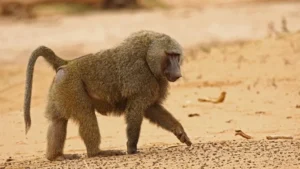

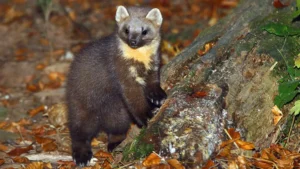
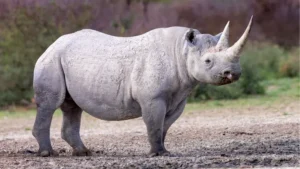
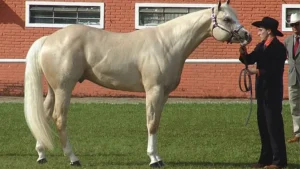
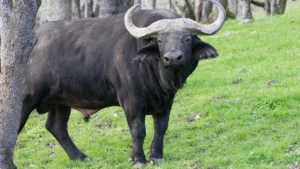
Leave your comment